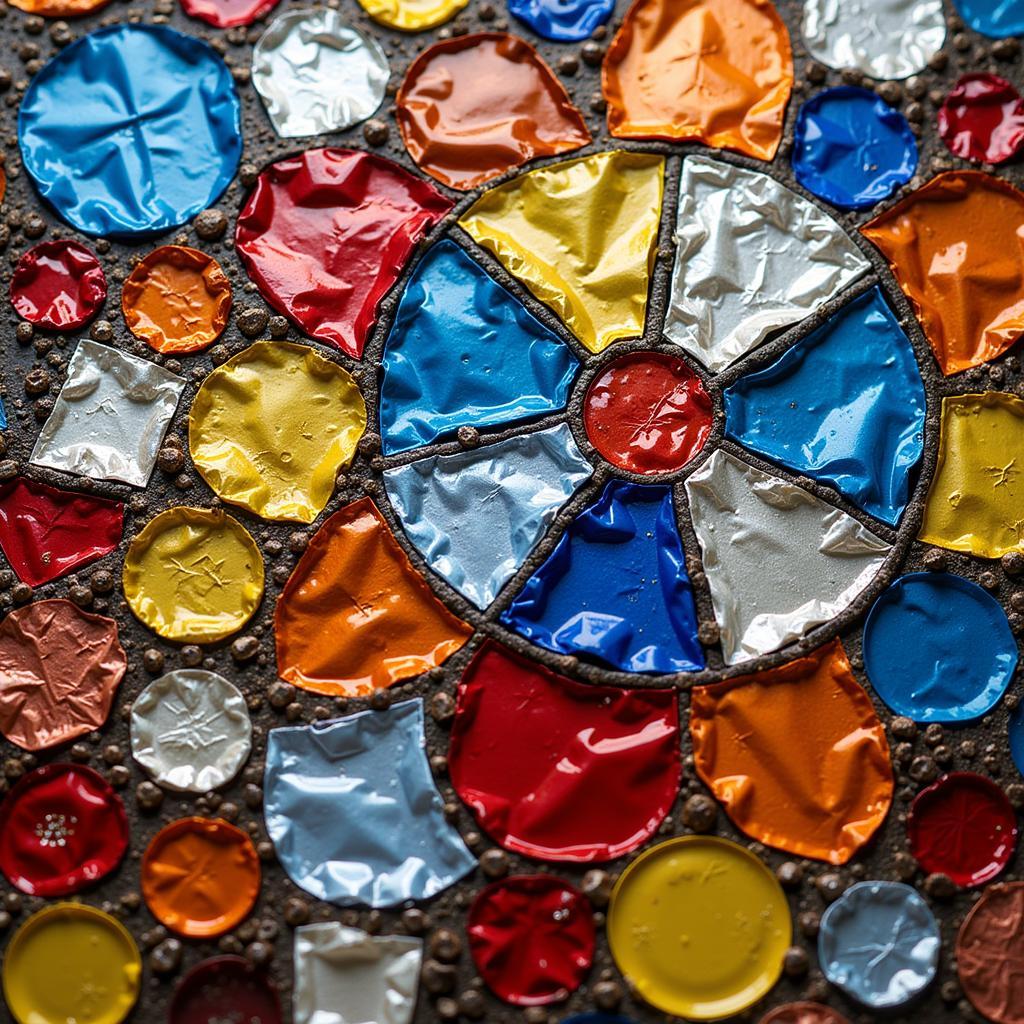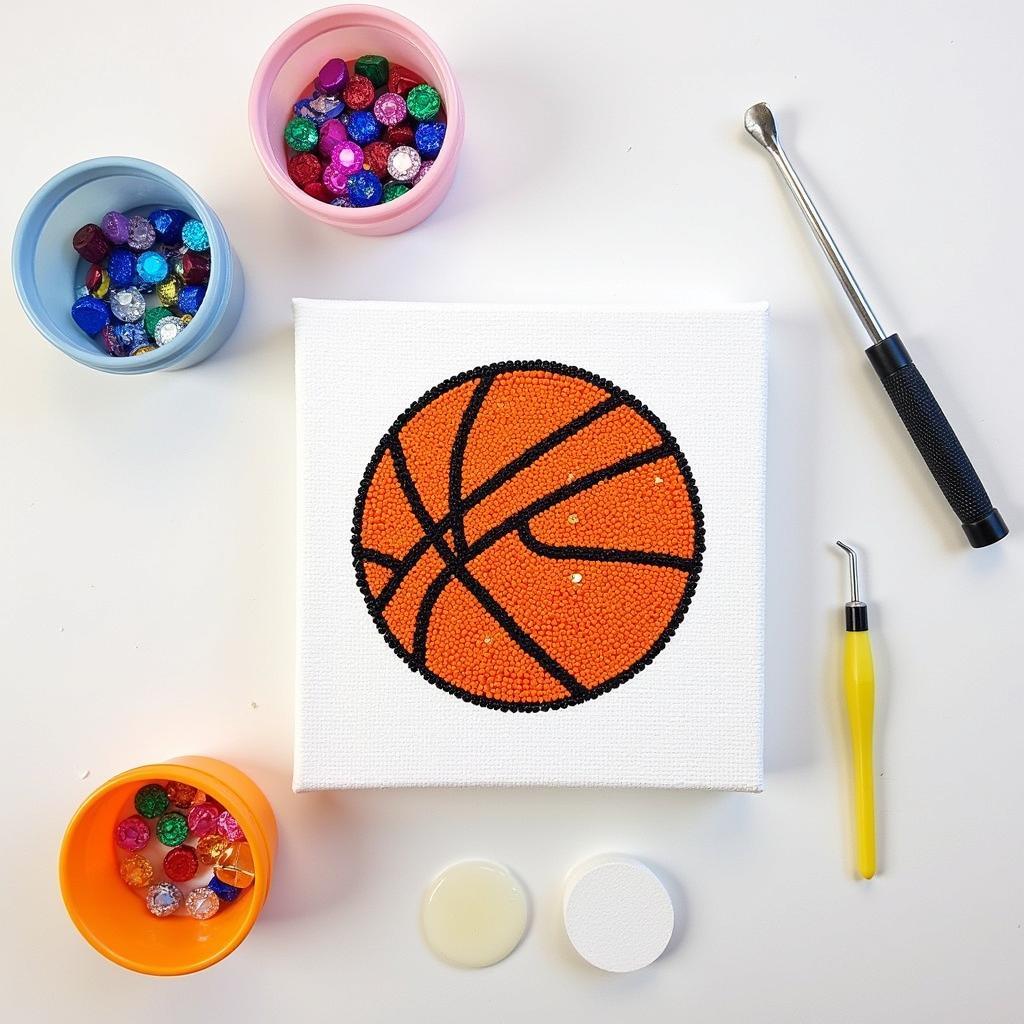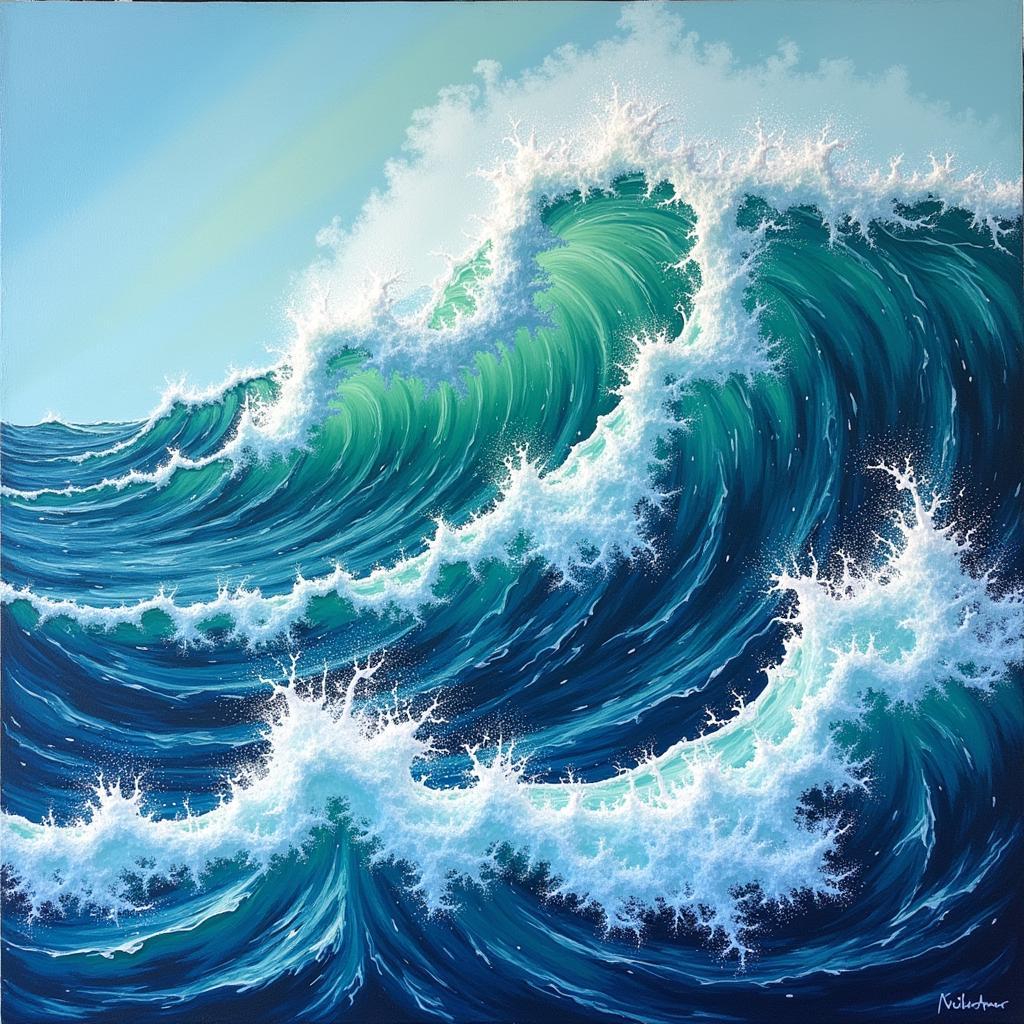Exploring the Vibrant World of Traditional Nigerian Art
Traditional Nigerian Art is a captivating blend of diverse cultural influences, historical narratives, and artistic expressions. From intricate sculptures and vibrant masks to elaborate textiles and symbolic body art, Nigerian art forms offer a unique window into the rich heritage and complex social fabric of its people. This exploration delves into the fascinating world of traditional Nigerian art, uncovering its historical significance, diverse regional styles, and enduring legacy in contemporary art practices.
The Historical Significance of Traditional Nigerian Art
Nigerian art has a long and fascinating history, dating back centuries. It played a vital role in traditional ceremonies, religious practices, and social life. These art forms weren’t merely decorative; they were imbued with symbolic meaning, serving as powerful tools for communication, storytelling, and spiritual expression. For example, masks were often used in masquerades, representing ancestral spirits and playing a crucial role in maintaining social order and cultural continuity.
The historical context of each piece adds another layer of complexity and richness to traditional Nigerian art. Understanding the societal, political, and religious influences helps us appreciate the depth and meaning behind each artwork. Imagine the stories whispered through generations, embodied in the intricate carvings of a wooden mask or the vibrant patterns of a woven textile.
Regional Styles in Traditional Nigerian Art
Nigerian art is incredibly diverse, reflecting the multitude of ethnic groups and cultural traditions within the country. Each region has developed its own unique artistic style, employing different materials, techniques, and aesthetic sensibilities.
Yoruba Art: A Celebration of Form and Spirituality
The Yoruba people, predominantly located in southwestern Nigeria, are renowned for their sophisticated woodcarvings, particularly their iconic masks. These masks, often depicting idealized human faces, are characterized by their elegant forms, intricate details, and spiritual significance. They are often used in religious ceremonies and festivals, honoring deities and ancestral spirits.
Igbo Art: A Focus on Bronze Casting and Masquerades
The Igbo people, primarily from southeastern Nigeria, are celebrated for their mastery of bronze casting, creating intricate sculptures and masks that embody power and prestige. Masquerades also play a significant role in Igbo culture, with elaborate masks and costumes used in performances that explore themes of morality, social order, and the spirit world.
Nok Art: An Ancient Legacy of Terracotta Sculpture
The Nok culture, an ancient civilization that thrived in central Nigeria between 1000 BC and 500 AD, left behind a remarkable legacy of terracotta sculptures. These stylized figures, often depicting humans and animals, are notable for their expressive features and distinctive artistic style. They provide valuable insights into the artistic traditions of ancient Nigeria and their influence on later artistic developments.
 Traditional Igbo Uli Body Art
Traditional Igbo Uli Body Art
Traditional Nigerian Art’s Influence on Contemporary Art
Traditional Nigerian art continues to inspire and influence contemporary artists both within Nigeria and globally. Contemporary artists are drawing upon these rich artistic traditions, reinterpreting them in new and innovative ways. They are exploring themes of identity, history, and cultural heritage through a variety of mediums, from painting and sculpture to photography and digital art. This fusion of traditional and contemporary practices creates a dynamic and evolving art scene, ensuring the enduring legacy of Nigerian art for generations to come.
What are some common materials used in traditional Nigerian art? Materials vary by region and art form, but common materials include wood, bronze, terracotta, textiles, beads, and natural dyes.
Conclusion
Traditional Nigerian art is a testament to the creativity, ingenuity, and rich cultural heritage of the Nigerian people. From the ancient terracotta sculptures of the Nok culture to the elaborate masquerades of the Igbo and Yoruba people, Nigerian art forms offer a captivating glimpse into a world of vibrant traditions and artistic expression. By exploring these diverse art forms, we gain a deeper understanding of Nigerian history, culture, and the enduring power of art to connect us to the past and inspire the future. Traditional Nigerian art remains a vital source of inspiration for contemporary artists, ensuring its continued relevance and impact on the global art scene.
FAQ
-
What are the main characteristics of Yoruba art? Yoruba art is known for its sophisticated woodcarvings, particularly masks, which often depict idealized human faces and are used in religious ceremonies.
-
What is Uli body art? Uli is a traditional Igbo art form that involves painting intricate patterns and designs on the skin using natural dyes.
-
What is the significance of masquerades in Nigerian art? Masquerades play a crucial role in many Nigerian cultures, representing ancestral spirits and exploring themes of morality and social order.
-
How has traditional Nigerian art influenced contemporary art? Contemporary artists draw inspiration from traditional Nigerian art, reinterpreting its themes and techniques in new and innovative ways.
-
What are some common materials used in traditional Nigerian art? Common materials include wood, bronze, terracotta, textiles, beads, and natural dyes.
-
Where can I learn more about traditional Nigerian art? Museums, art galleries, and online resources offer valuable information and insights into Nigerian art and culture.
-
How can I support contemporary Nigerian artists? You can support Nigerian artists by purchasing their work, attending exhibitions, and spreading awareness about their contributions to the art world.
Have other questions about traditional Nigerian art or other art forms? Explore our other insightful articles on Online Art workshops, where you can dive deeper into the captivating world of art and creativity.
Contact us: Phone: 02462573573, Email: danteum@gmail.com Or visit us at: Savico Megamall, 7-9 Đ. Nguyễn Văn Linh, Gia Thụy, Long Biên, Hà Nội 10000, Việt Nam. We have a 24/7 customer service team.


